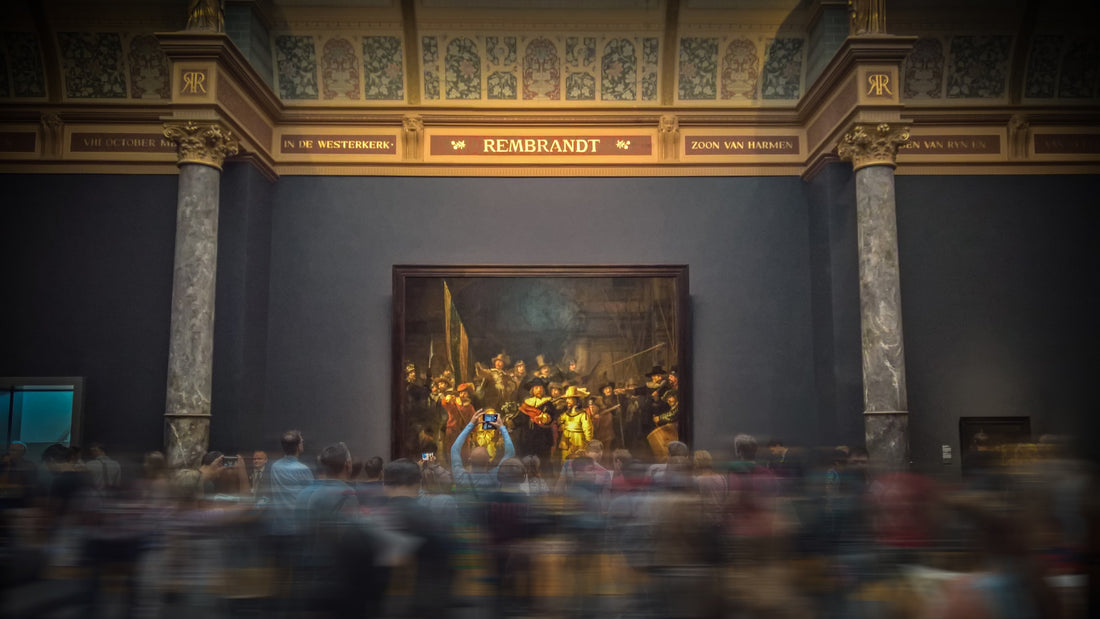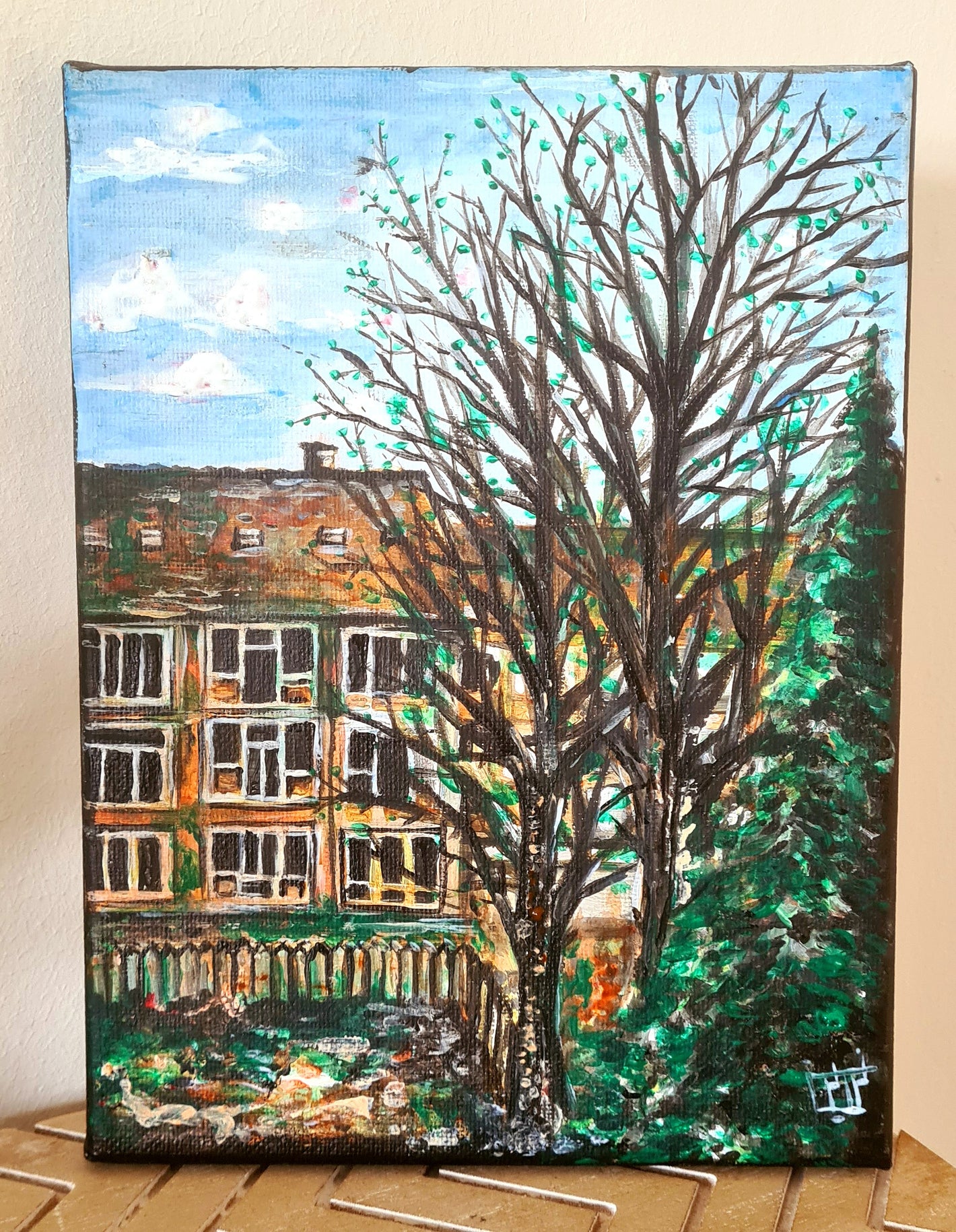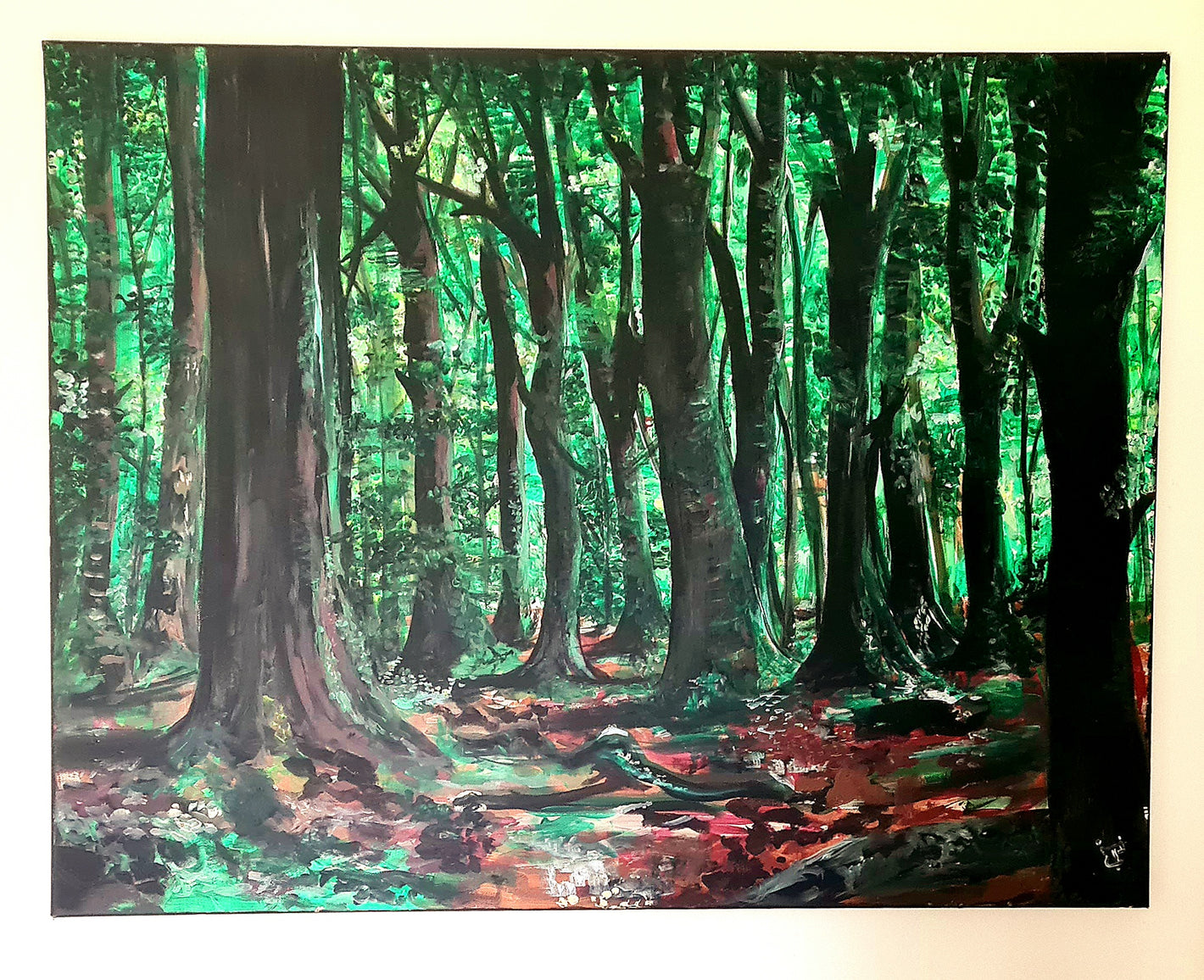Introduction
In the realm of art history, few names shine as brightly as Rembrandt, in full Rembrandt Harmenszoon van Rijn, Born on July 15, 1606, in the bustling city of Leiden, Netherlands, Rembrandt's remarkable journey as a painter, draftsman, and etcher has left an indelible mark on the art world. With an innate ability to capture human emotion and intricate details, Rembrandt's work transcends time and continues to captivate art enthusiasts, scholars, and admirers worldwide. In this blog post, we will delve into the life, style, and enduring legacy of the one and only Rembrandt.

Image By Václav Pluhař (@vaclavpluhar)
I. Early Life and Formation
Rembrandt's artistic journey began at an early age. Apprenticed to a history painter, he quickly developed a strong foundation in drawing, painting, and etching. His curiosity and dedication drove him to experiment with various techniques, learning from different artists and absorbing a diverse range of influences. These formative years paved the way for his later masterpieces, showcasing his keen understanding of light, shadow, and the human form.
As a young man, he embarked on an apprenticeship under the guidance of masters in both Leiden and Amsterdam. His early artistic endeavors reflected a keen interest in capturing the interplay of light and shadow, an artistic motif that would go on to define his later works. During the initial stages of his career, he delved into the exploration of his own visage, culminating in a collection of more formal self-portraits that eventually constituted nearly a tenth of his combined painted and etched oeuvre.

Self-Portrait in a Flat Cap (1642)
II. Mastering Light and Shadow
One of Rembrandt's most distinguishing features is his unparalleled mastery of chiaroscuro – the interplay between light and shadow. This technique is most vividly seen in his portraits, where his subjects seem to emerge from the darkness, their faces illuminated with an inner glow. By carefully manipulating light, Rembrandt breathed life into his paintings, infusing them with an almost theatrical quality that draws viewers into the emotional depth of each piece.

Rembrandt and Saskia in the parable of the Prodigal Son
III. Capturing Humanity
Rembrandt's artistic genius truly shines in his portraits. His ability to capture the essence of his subjects, from wealthy patrons to humble peasants, is unparalleled. With an astute understanding of human psychology, he went beyond physical likeness to delve into the intricate web of emotions and experiences that make each individual unique. The wrinkles, blemishes, and imperfections on his subjects' faces tell stories of resilience, vulnerability, and the passage of time.

Saskia van Uylenburgh
IV. Innovation and Experimentation
Throughout his career, Rembrandt was a tireless experimenter, often pushing the boundaries of artistic conventions. His innovative use of texture, brushwork, and impasto technique added a tactile quality to his paintings. Moreover, his etchings reveal an extraordinary attention to detail and a deep exploration of the medium's potential. Even as he garnered both praise and criticism for his unconventional approaches, Rembrandt's fearlessness in exploring new avenues left an indelible mark on art history.

V. Evolution of Expression
His demand for portrait commissions dwindled thereafter, prompting a shift in his creative focus towards the medium of etching, a field in which he was predominantly self-taught. In 1656, after transferring a significant portion of his assets to his son, he filed for bankruptcy. In the latter years of his life, he approached biblical themes with a treatment akin to portraiture and persisted in crafting self-portraits. These final works showcased an animated brushwork and a novel approach to rendering light. Beyond his role as an innovator, he demonstrated an acute capacity for observing life's intricacies, which he adeptly translated into his drawings, etchings, and paintings. The human figure, central to Rembrandt's artistic narrative, contributes to fostering an intimate dialogue between the viewer and the artist—a cornerstone of Rembrandt's enduring eminence and continued resonance in contemporary times. he died on October 4, 1669 (aged 63) Amsterdam Netherlands.

Night Wish (1642)
VI. Legacy and Influence
Rembrandt's influence can be seen in countless artists who followed in his footsteps. From the Dutch Golden Age to the present day, his impact on portraiture, storytelling, and the depiction of human emotions is immeasurable. His ability to bridge the gap between the fleeting and the eternal, the ordinary and the extraordinary, has secured his place as a true master of art.

The abduction of Europa (1632)
Conclusion
In a world that constantly evolves, Rembrandt's art remains an unwavering beacon of timeless beauty and emotional resonance. His ability to capture the human experience in all its complexity, coupled with his pioneering techniques, solidifies his position as one of the greatest artists to have ever lived. As we continue to appreciate and study the intricacies of his work, we are reminded that Rembrandt's legacy is not just confined to history; it lives on in the hearts and minds of those who are fortunate enough to engage with his art.





